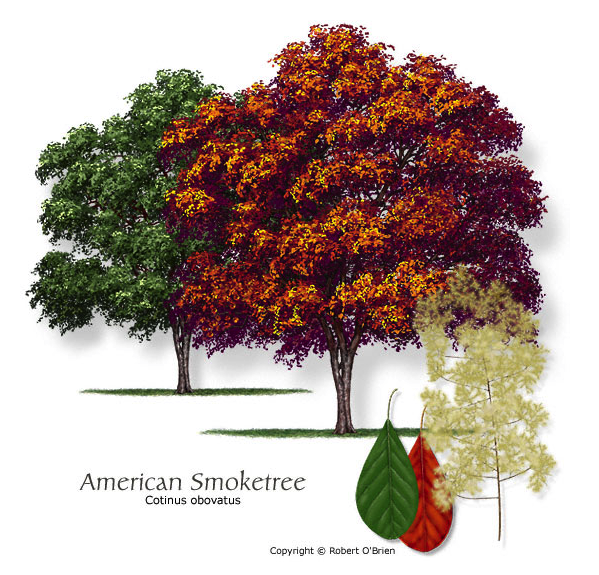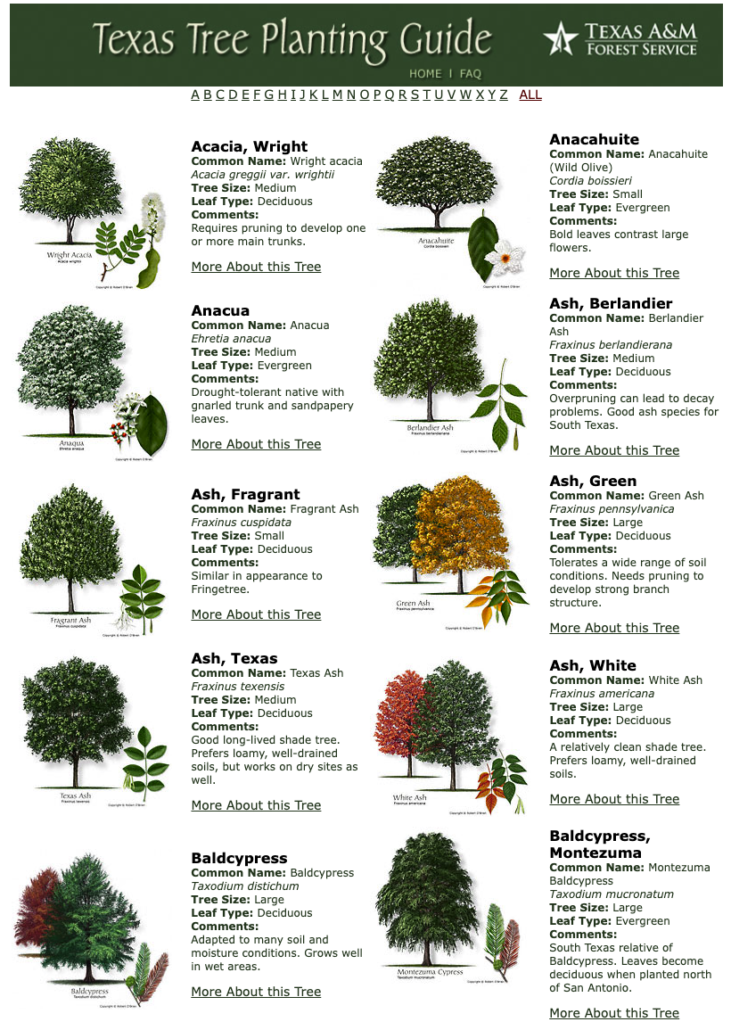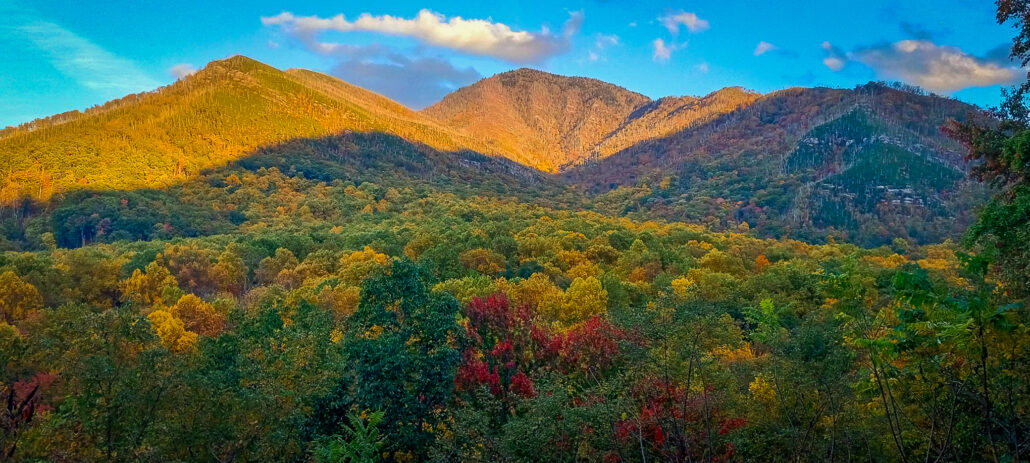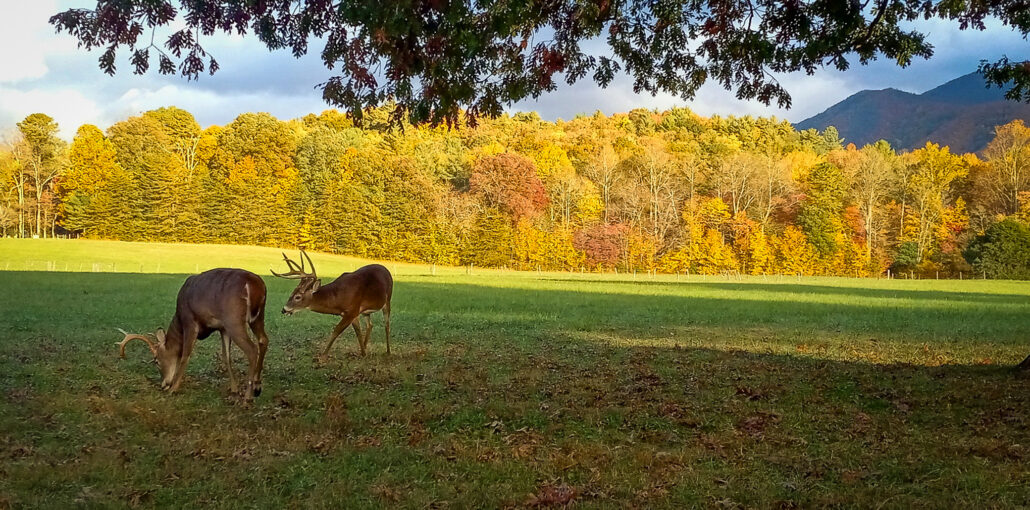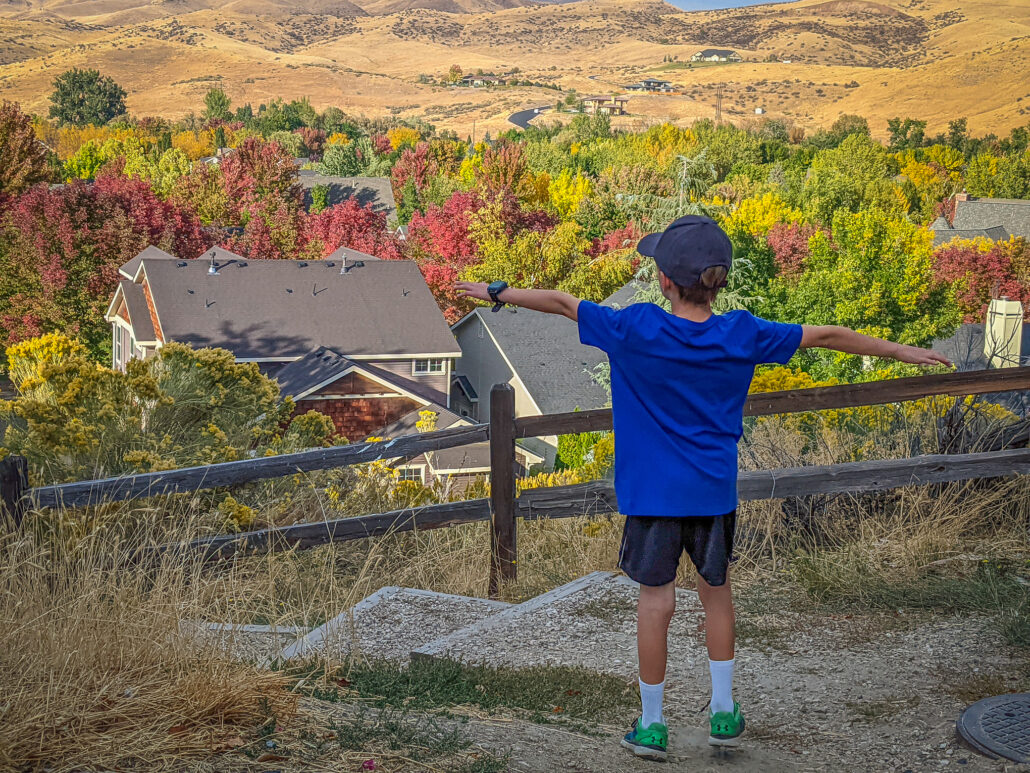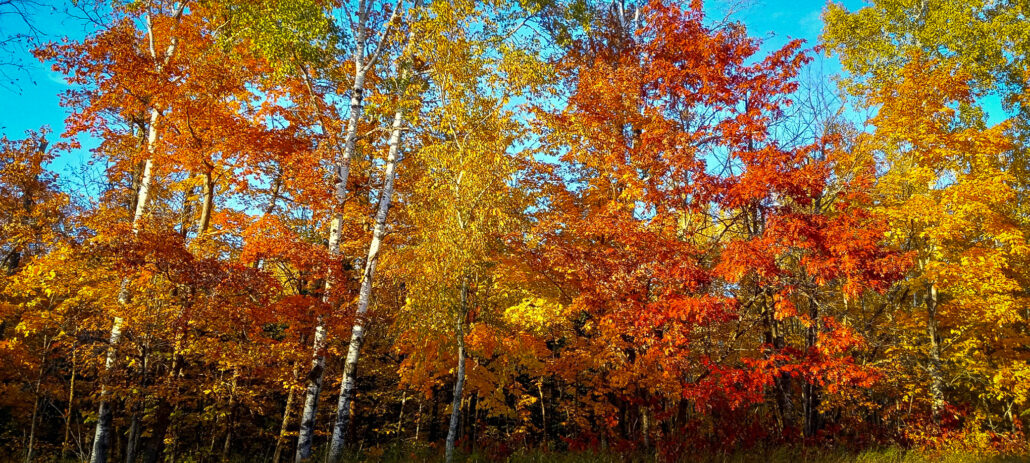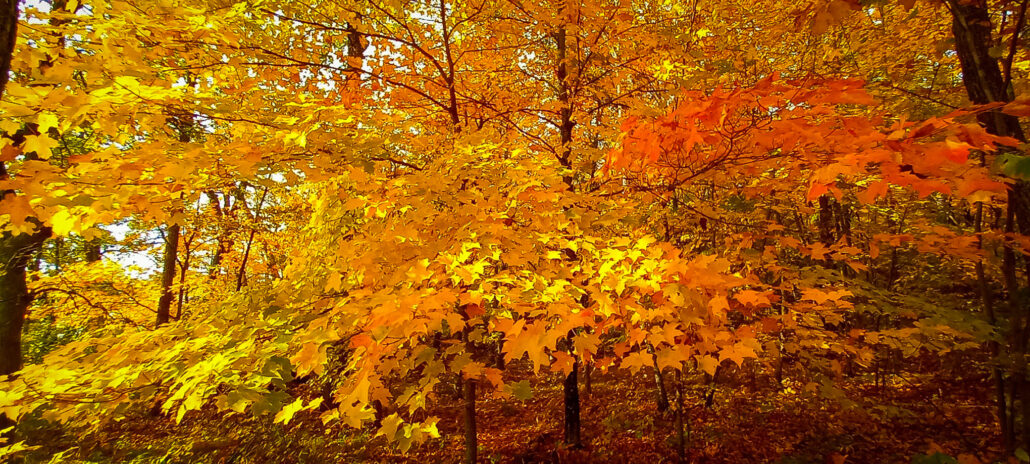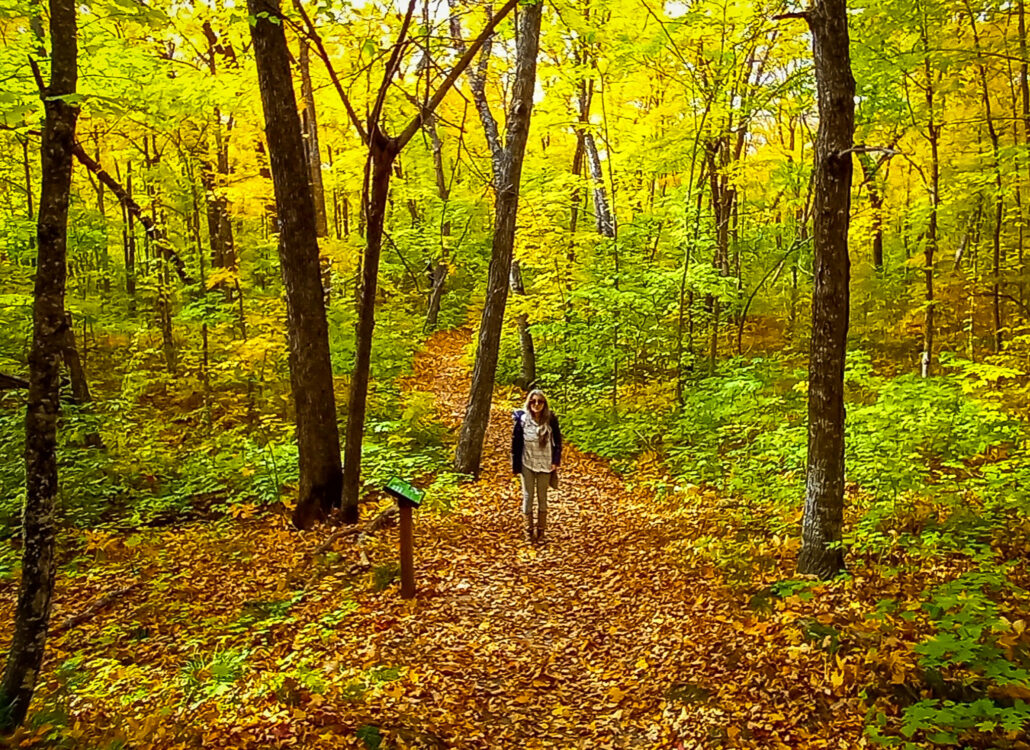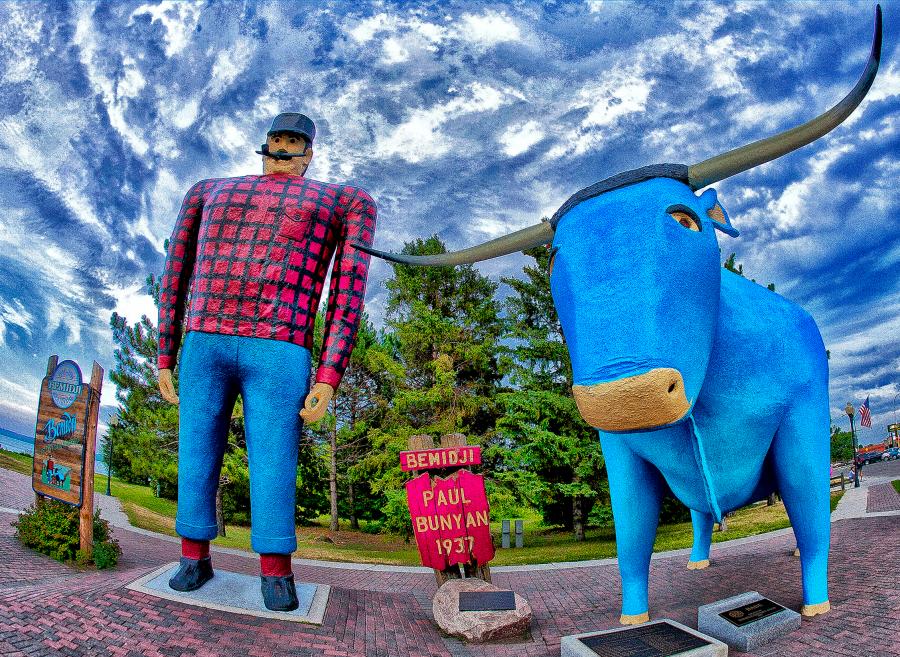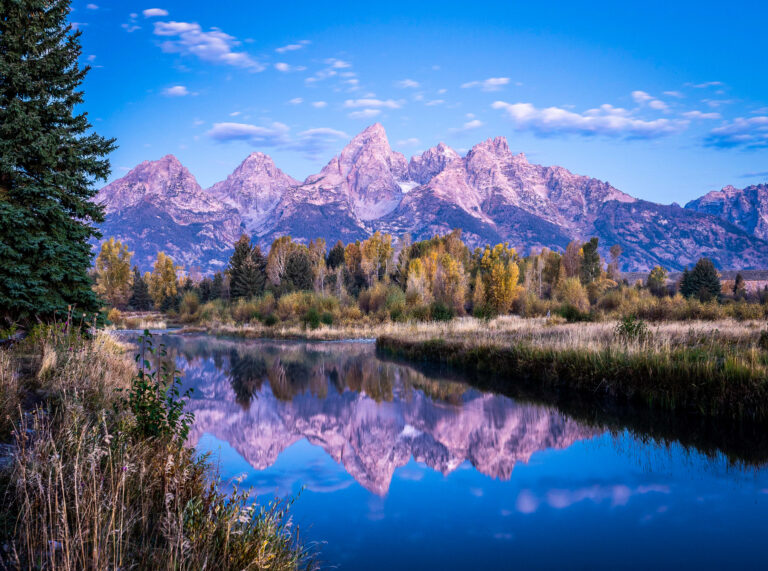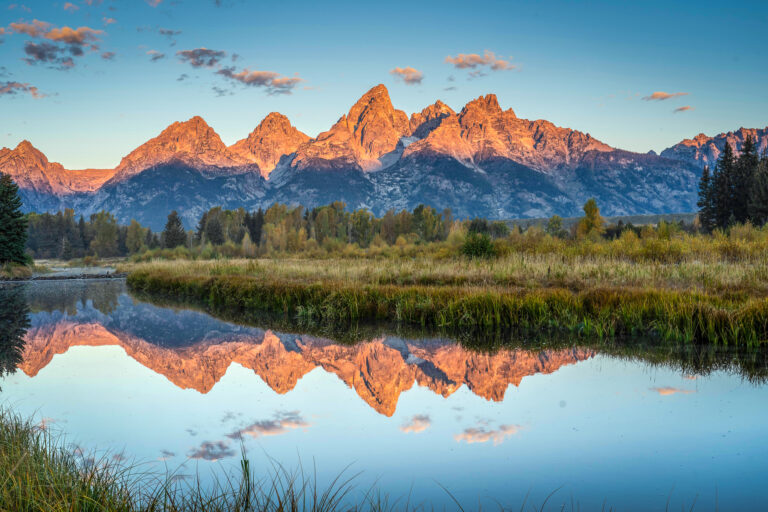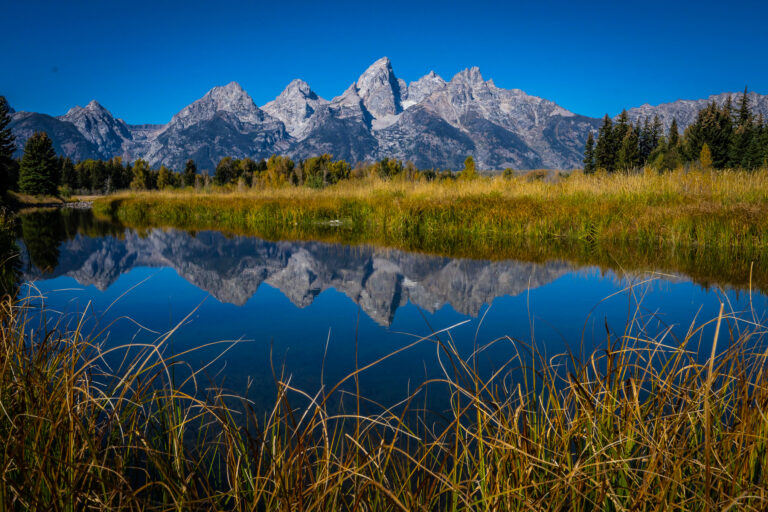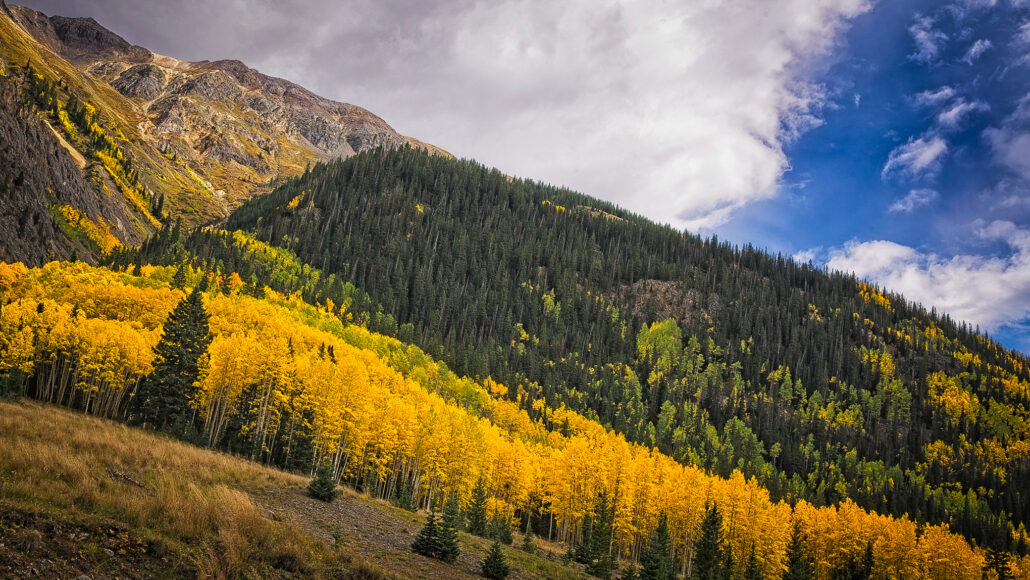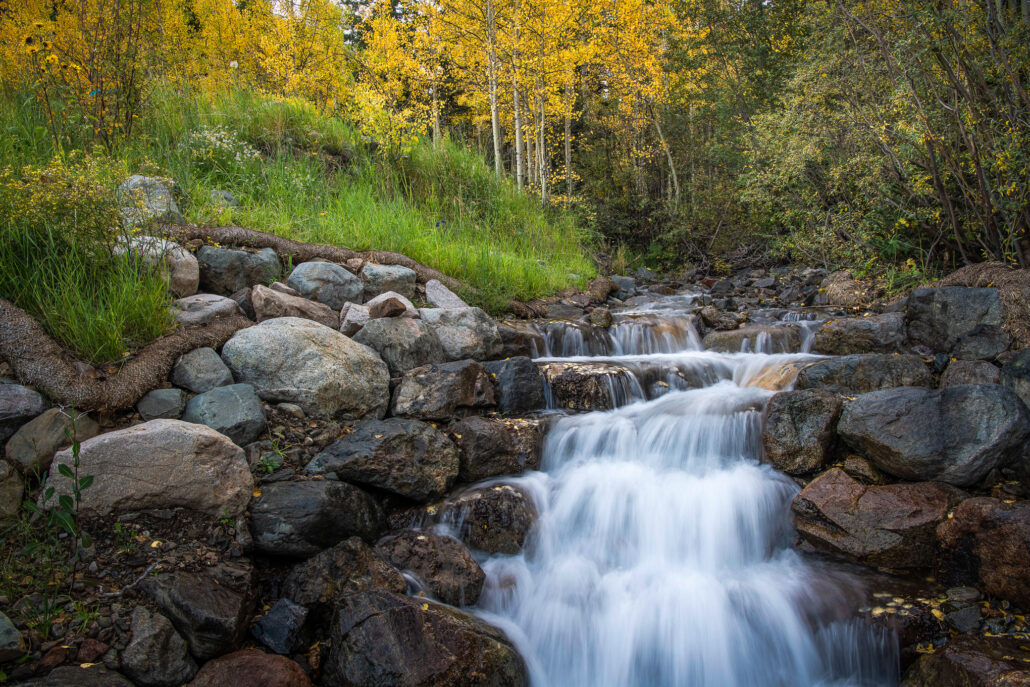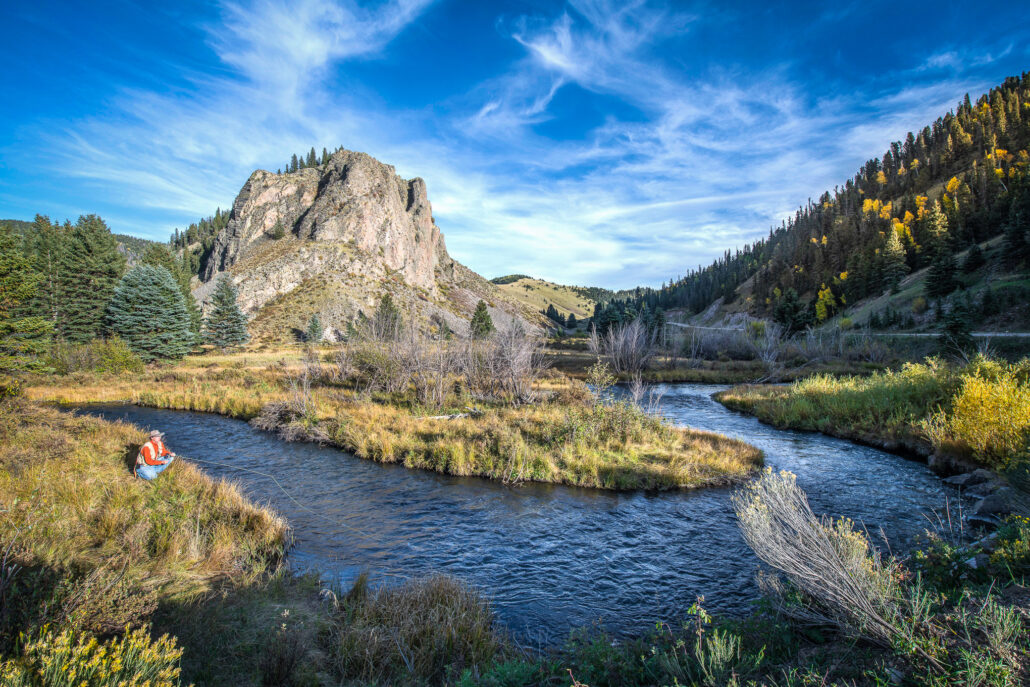Lakewood Lights Up
Lakewood, Washington is lighting up along its city streets and in its gardens. This suburban community near Tacoma has one of the most colorful urban forests in Washington.
True to its name, Lakewood is a city of lakes, with enticing lake homes and lots of fall color ringing them, lining its many boulevards and in its parks. Bigleaf maple, paper birch, Pacific dogwood and Oregon grape provide the native color, supplemented with exotic sugar maple, tulip trees and others.
Near Puget Sound and Joint Base Lewis-McChord, Lakewood has only been a city since 1996, but has since made a big impact in Pierce County, where it is the third-largest municipality, behind Tacoma and Auburn.
Ellie Wilson, a native Californian, retired teacher and longtime resident of Lakewood, shares her love for her beautiful town and its stunning location with her fellow Californians.
- Lakewood, WA (262′) – Near Peak to PEAK (50-100%) GO NOW!
Great Smokies
Following fall color as it dips south, California Fall Color’s expat spotter Alena Nicholas left the upper midwest (Minnesota) to explore the Great Smoky Mountains in Tennessee.
Autumn is Near Peak in Gatlinburg where Hazel alder, Sugar maple, Striped maple, Black oak, Sweetgum, Black maple, Scarlet oak, Red maple, Birch, Dogwood, Sourwood, Tulip poplar and hickories are decorating the forest.
- Great Smoky Mountains NP, Gatlinburg, TN (1,289′) – Near Peak (50-75%) Go Now.
A Stroll Through Boise
Ryan Boyd is one of our expat color spotters. He’d reported from the East Bay for years, but then moved to Idaho. So, when he and his son toured their Boise neighborhood, I just had to share the peak urban color he’s seeing in “The City for Everyone.”
Once a California color spotter, always a California color spotter.
- Boise, ID (2,730′) – PEAK (75-100%) GO NOW!
Tall Tales
Paul Bunyan may have gotten his start in the northwoods of Minnesota, but it was in California where the folkloric character became famous.
Just as cowboys had Pecos Bill – a fictional, bigger-than-life, character around whom campfire tales were told at day’s end – so too lumberjacks had Paul Bunyan – a tongue-in-cheek, giant-sized figure said have cut millions of trees and created Minnesota’s 10,000 lakes with his footprints.
So, when Alena Nicholas visited Bermidji, MN, the first town to erect a gigantic statue of Paul Bunyan, she had to send back these images of the trees Bunyan missed felling.
In 1913, when the Walker family, which owned the Red River Mill, moved its operations from Minnesota to Westwood, CA, they brought with them the north woods character as the brand for their new company, Paul Bunyan Pine Products.
Prior to then, the Paul Bunyan legend was little-known outside of the north woods. It had, until its use in advertising, been more or less a type of outlandish inside-joke shared in logging towns.
Red River’s advertising man and a logger, William B. Laughead created “Tales of Paul Bunyan” an advertising campaign designed to engage buyers and create awareness of Red River’s forest products. Thus, the obscure logging camp character, his blue Ox (which Laughead named “Babe”) and Bunyan’s fictional friends became set in American folklore.
Several pairs of larger-than-life Bunyan and Babe statues stand as so-called tourist attractions throughout the country, among them: one in Westwood, CA, another in Bemidji, MN. All point back to a simpler time when we were more easily amused and tall tales were a means of poking fun at one another and lessening the weight of work.
Just like Bunyan and his blue ox, Alena Nicholas found Bemidji’s forest to be enchanted. Presently, its maple, ash, beech, butternut and elder are peaking.
- Bemidji, MN (1,365′) – PEAK (75-100%) GO NOW!
Grand Teton National Park
Steve noted that Wyoming State Route 89, which leaves the south end of the national park, was flanked with gloriuos Peak color for much of its 80 miles and is worth including when planning a late September visit to Wyoming.
- Grand Teton National Park, Wyoming (6,574′) – PEAK (75-100%) GO NOW!
Million Dollar Views
There is disagreement as to why U.S. 550 in Colorado was named the Million Dollar Highway. Some say it cost a million dollars a mile when it was constructed. Others claim a million dollars in gold was taken from its construction tailings. However, we believe the road deserves its nickname because there are countless million dollar views along its 25-mile length.
Traveling between Ouray and Silverton, US 550 is part of the San Juan Skyway Scenic Byway. The road is known to be notoriously difficult to drive with hairpin turns, altitude gain and extreme weather (summer and winter).
Napa Valley color spotter David Sharp traveled there recently and sent these priceless images. Plus, we’ve added a bonus video.
- Million Dollar Highway, CO (7,792′) – PEAK (75-100%) GO NOW!
Northern Lights
Autumn’s light is setting in Minnesota where overnight temperatures have dropped to the 20s and all but aspen are at full Peak, color spotter Alena Nicholas reports.
Itasca State Park, Minnesota’s oldest – established in 1981 – has some of the largest old growth trees in the midwest. They include towering red and white pine, white spruce, and northern white cedar.
Though its richly colored forest is full of Fremont cottonwood, black and green ash, red and burr oak and quaking and big tooth aspen, providing a palate of deep orange, gold, red, yellow and green.
- Rydell NWR (1,194′) – PEAK (75-100%) GO NOW!
- Itasca SP (1,555′) – PEAK (75-100%) GO NOW!
Sangre de Cristo
On a family trip through the Sangre de Cristo mountains in northern New Mexico, color spotter Philip Reedy stopped to share peak color in this iconic corner of the Southwest.
Phil wrote he rented a condo at 9,200′ in elevation in Taos Ski Valley, east of Taos. There, the aspen are Near Peak and will peak within the week (similar to what we’re seeing in the Eastern Sierra).
He recommends the beautiful drive along Hwy 196 beside the Rio Costilla and included a shot from Comanche Point. Phil is seen in the foreground floating his fly line downstream, though if it were a scene from one of John Ford’s epic westerns, he’d have been astride a roan, looking up toward the glowing hillside of peak aspen, wondering whether he’d find the lost maiden somewhere in those mountains.
The Other White Mountains
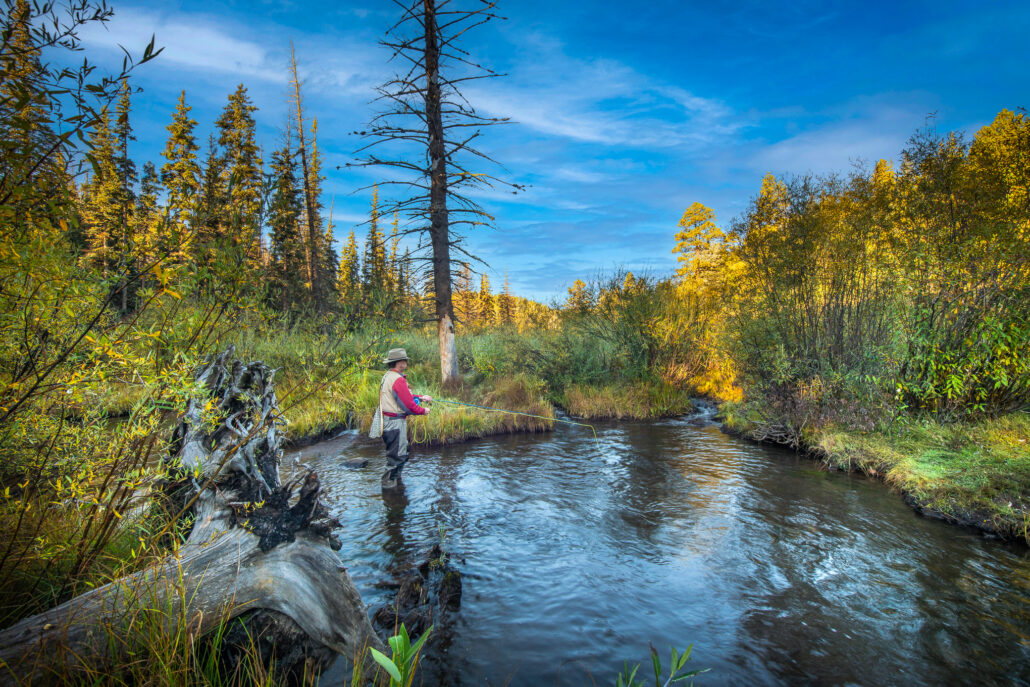
Arizona’s White Mountains share geography with California’s White Mountains. They’re both located near the eastern borders of their states.
They also share pockets of autumn beauty as color spotter Philip Reedy found when photographing fly-fishing locations.
He was in search of Arizona’s elusive Apache Trout, one of only two native species in Arizona and the official State Fish. It is boldly polka-dotted across its olive-yellow body with golden belly.
Growing as large as 20 inches, few Apache Trout that big are caught because of the smaller streams in which they live. Most live in shallow waters that meander through marshes and beside forests of conifer and aspen in the White Mountains. This constrained habitat limits their size to 9 inches.
Apache Trout were once nearly extinct, though conservation efforts reversed the decline. The specie remains Critically Threatened, as it has the unfortunate habit of hybridizing with rainbow and cutthroat trout.
Phil did not say if he was successful at catching and releasing an Apache Trout, though he did send these images of Patchy color among the aspen of the other White Mountains.

